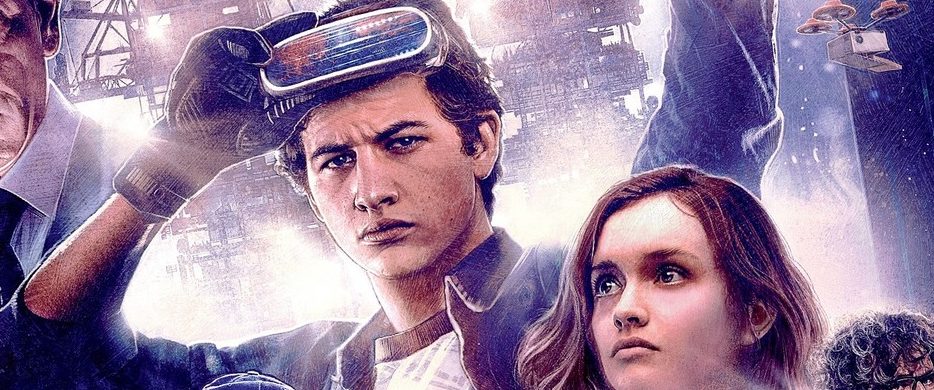Talk of VR seems to be entering our everyday conversations with increased frequency. What was initially considered a mere tool for satisfying video game fan’s thirst for immersion has stretched out its tendrils in unexpected ways. As the technology continues to develop and improve, increasing accessibility to the public is marking a cultural shift. A future where VR blends seamlessly into our everyday, doesn’t feel too far off.
Innovators from all fields are strategizing on how to use VR technology to their advantage. Journalists are using VR to tell firsthand stories, physical therapists are using it to motivate patients, teachers are using it to engage students—the list goes on and on. In particular, the entertainment industry seems rooted at the forefront of future integration. And it’s not just the video game industry—movies, television, and music are all trying their best to slice off a piece of the pie.
Let’s talk for a minute about Ready Player One, the newest major blockbuster to hit theaters. Any movie helmed by movie legend Steven Spielberg is sure to garner some attention, sure, but it’s certainly not the mediocre storytelling and bland characters that’ve got people talking. It’s the invigorating presentation of virtual reality technology and its potential that’s got keyboards clacking . Ready Player One by Ernest Cline, the book that the movie is based on, certainly isn’t the first to play around with the idea of this type of societal eventuality. But with the technology moving forward at such a sturdy pace as of late, the concept feels more relevant than ever before.
Though sci-fi novels introduced the concept in the ’70s and Japanese anime popularized it as a genre in the last decade, Ready Player One is certainly the most mainstream VR champion in recent memory. The concept of living in an idealized video game world where physics don’t matter and heart’s desires are fulfilled with a click of a button certainly sounds enticing. However, the potential consequences of choosing a fantasy over a grim reality, remains to be seen.
Where VR goes from here, is not something anyone can predict. Though some people are running down the streets crying that it’s the next technological harbinger of doom, others can’t help but get excited at what creative developments humankind will cook up next. Despite the threat of any future robot overloads, I find myself siding with the latter.

